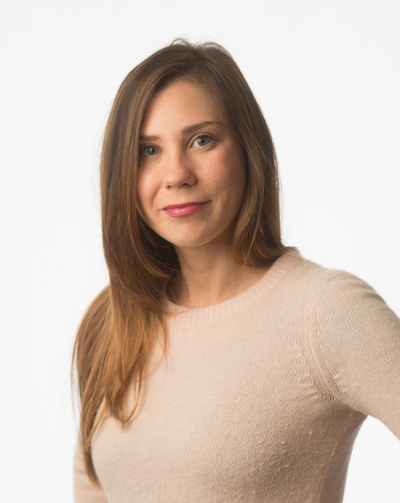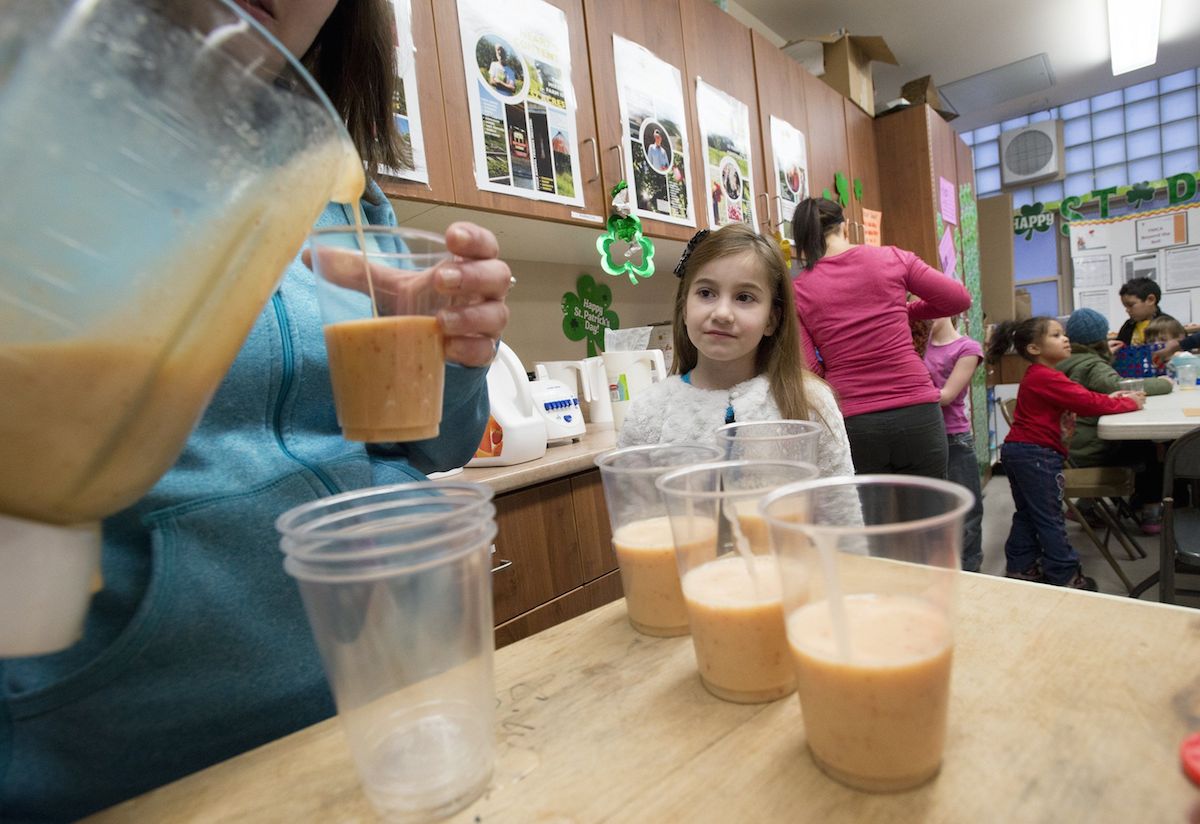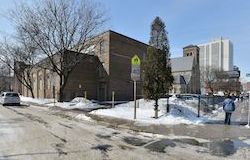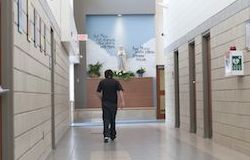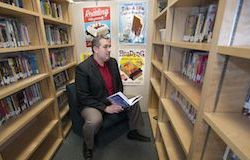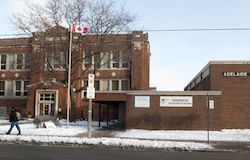
Day 5
The road ahead
Story by Teri Pecoskie
Teri Pecoskie is an award-winning multimedia journalist and The Spectator's education reporter. She also co-authored the landmark BORN: A Code Red Project series, which was awarded the country's highest investigative journalism honour in 2012.
Teri has covered issues related to school achievement since she started at The Spectator in 2010.
Photographs by John Rennison
Web design by Pete Smaluck
Published April 17, 2014.
Interactive map: Find your school's scores
In 2008, Ontario’s education ministry set a goal for student achievement.
It was to have 75 per cent of students meeting the provincial standard in reading, writing and math by the time they reached Grade 6.
“Strong literacy and numeracy skills are the critical foundation for all other academic achievement and for a lifetime of success,” the ministry wrote in its report. “Their importance cannot be overstated.”
At the time, no less than $650 million was committed to early learning strategies, smaller class sizes and other supports to boost achievement province-wide. Yet six years down the road, dozens of Hamilton schools are still falling short of the ministry’s goal.
Last year, just over half of the city’s elementary schools hit the target in reading and writing. In math, it was less than 8 per cent.
But overall achievement isn’t the only challenge facing local school boards. There’s also the issue of achievement gaps.
Over the past four days, the Keeping Score series has uncovered troubling differences in standardized test scores between the city’s most and least vulnerable schools.
It also found significant disparities between the pass rates of boys and girls as well as between Hamilton’s public and separate school systems.
That said, it’s not all bad news.
The Spectator’s analysis of six years of EQAO data also revealed several positive trends, such as a steadily shrinking gap between the schools at the top of the heap and those at the bottom. Many schools, at-risk or otherwise, also experienced healthy gains, particularly when it came to literacy scores.
Take the ministry’s target pass rate, for instance. Six years ago, just a quarter of local schools were hitting the 75 per cent mark in reading — 51 per cent fewer than today. When it comes to writing, 87 per cent more schools are meeting the goal now than in 2008.
“I think the good news in Hamilton is that our boards and our directors are focusing much more intensely than in the past on ways in which we can ameliorate these challenges,” says Terry Cooke, CEO of the Hamilton Community Foundation.
The question is, are they doing enough?
Participate in a live web chat on thespec.com today at noon with Spectator education reporter Teri Pecoskie and key education experts and stakeholders. Send your questions and comments via Twitter using the hastag #keepingscore or via email to [email protected].
The panel features urban health expert Jim Dunn, Hamilton Community Foundation CEO Terry Cooke, Jessica Brennan and John Malloy from the public board, and Pat Daly and Dave Hansen from the Catholic board.

A group of Grade 3 students at Adelaide Hoodless Public School, including Brendan Storr, right, works on a writing project, a subject that comes more easily to girls.
For Cooke, whose foundation works closely with local education officials, the unfortunate answer is no. But the former regional chair isn’t demoralized.
“I think the more we shine a light on this — the more we commit, particularly as institutional leaders, to this being a priority — we are going to continue to make progress,” he says. “I’m just perhaps less patient than I would have been some time ago.
“I think we have to continue to keep the heat on and focus a very sharp lens on where we can continue to improve.”
Cooke isn’t alone in this view. Education experts agree more can and should be done to ensure all kids, regardless of personal circumstance, have a more equitable shot at success.
“It’s definitely not good enough,” says Jim Dunn, a professor in McMaster University’s department of health, aging and society. “Those are very avoidable gaps.”
“The public good is better served when we reduce inequities,” adds Paul Bennett, an education professor at St. Mary’s University and the director of Halifax-based consultancy firm, Schoolhouse Consulting.
“As long as there are such radical variations of performance levels based on socio-economic factors, we can’t ever be satisfied.”

